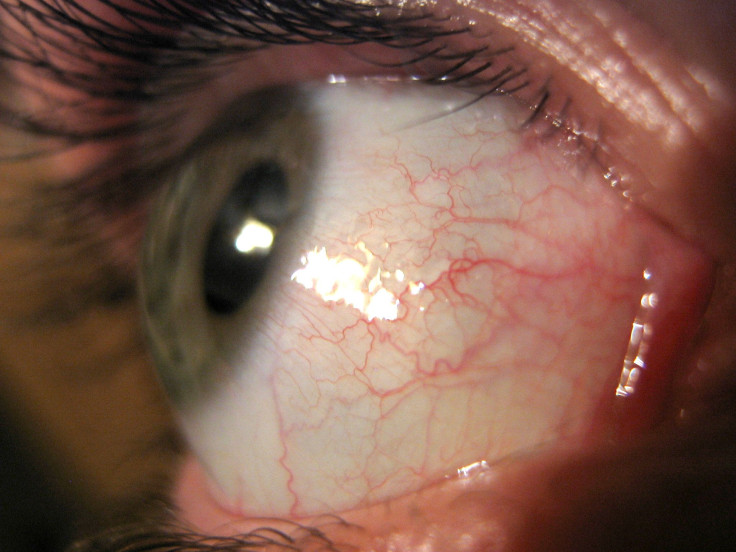New Glaucoma Treatment May Restore Vision In Those With Optic Nerve Damage

The Centers for Disease Control and Prevention reports age-related eye diseases, such as glaucoma, are the leading cause of blindness among Americans over the age of 60. With more than three million affected, researchers from the Boston Children's Hospital (BCH) are determined to find a way to restore vision loss. Their latest study, published in the journal Cell, reveals the recipe for a drug concoction that may treat glaucoma and restore optic nerve damage, even blindness.
For the study, researchers used a unique channel-blocking drug on mice, with hopes it would stimulate impulses sent from the eye to the brain. Next, they deleted a set of genes inside the mice, which encouraged the eyes to regenerate links between the brain and the optic nerve fibers, also known as axons. Not only is this the first time a study has regenerated new nerve fibers in blind mice, but it's also the first time researchers have ben able to regrow them without affecting the coating around the nerve, known as the myelin.
"We found that the regenerated axons are not myelinated and have very poor conduction — the travel speed is not high enough to support vision," said the study's co-author Dr. Zhigang He, a neurology researcher at in a press release. "We needed some way to overcome this issue. We're trying to better understand the mechanisms and how often the proteins would have to be injected. The gene therapy virus we used is approved for clinical study in eye disease, but a medication would be even better."
According to the American Academy of Ophthalmology, the optic nerve is connected to the retina, a layer of light sensitive tissue lining the inside of the eye. It's similar to an electric cable in that it's made up of many intertwined fibers capable of sending signals to and from the brain. The signals are interpreted as the images you see, making the nerve the key to vision— so when it gets damaged, it results in blindness.
In order to test the efficacy of the drugs, researchers administered a drug "cocktail" of proteins and gene suppressors in mice; they didn’t know which mice were given the effective cocktail. Once the drugs were injected directly into the eyes, they could see how effective the combo was at regrowing nerve signals to and from the brain. To put restored signals to the tests, researchers moved a set of thick and thin bars in front of blind mice: The thinner the bar, the more difficult it would be for the mice to pick up.
"By making the bars thinner and thinner, we found that the animals could not only see, but they improved significantly in how well they could see," He said. "The drugs might need to be paired with visual training to facilitate recovery. But now we have a paradigm to push forward."
Even so, successfully combining gene therapy with proteins used to help regrow the myelin that coats nerve signals is a huge step toward reversing nerve damage. He is hopeful the same results can be replicated in humans.
Source: Bei F, Lee HC, He Z, and Fagiolini M. Cell. 2016.
Published by Medicaldaily.com



























